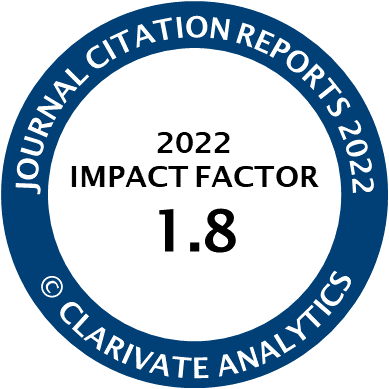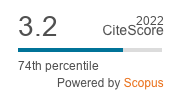Article | Open Access
Learning to Care, Learning to Be Affected: Two Public Spaces Designed to Counter Segregation
| Views: | 1714 | | | Downloads: | 1174 |
Abstract: In response to social fragmentation and segregation, public space is increasingly conceived of as an instrument for fostering openness towards differences. Drawing on two recent public spaces—Superkilen in Copenhagen, Denmark, and Jubileumsparken in Gothenburg, Sweden—this article explores the ethical potential of two different design approaches to the sharing of public space—designing for an ethics of care and an ethics of affect. Although different in terms of design, Superkilen and Jubileumsparken are both influenced by artistic approaches in their aspiration to make people connect emotionally to the space. In their design, the two spaces display contrasting approaches to community: Jubileumsparken invites its visitors to join shared projects, suggesting that community is a potential that may be realised through processes of collective care—it is a space in which we learn to care when working together. Superkilen works in an almost opposite way, confronting its visitors with transnational formations, diversity and designed fragmentation leading to situations, or moments, in which we may learn to be affected by distant atmospheres and faraway people and places. When studied together, the two spaces display a range of everyday situations in which the personal, or even the intimate, may be experienced along with the deeply collective—be it through shared work or the exposure to those or that different from you. It is finally argued that this palette of everyday situations, in which we learn to care and learn to be affected, holds an ethical potential of expanding the notion of community beyond sameness and unity, as seen in Superkilen and Jubileumsparken.
Keywords: affect; care; community; Denmark; public space; segregation; Sweden; urban design; urban diversity
Published:
© Ida Sandström. This is an open access article distributed under the terms of the Creative Commons Attribution 4.0 license (http://creativecommons.org/licenses/by/4.0), which permits any use, distribution, and reproduction of the work without further permission provided the original author(s) and source are credited.




